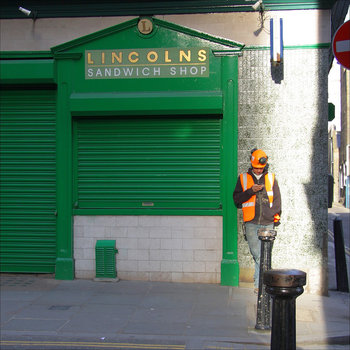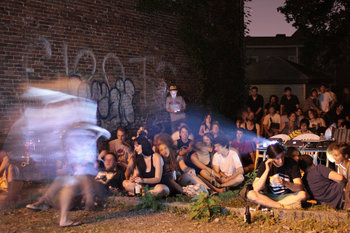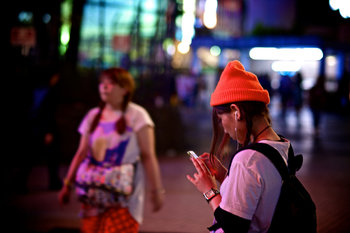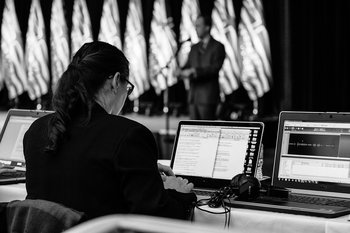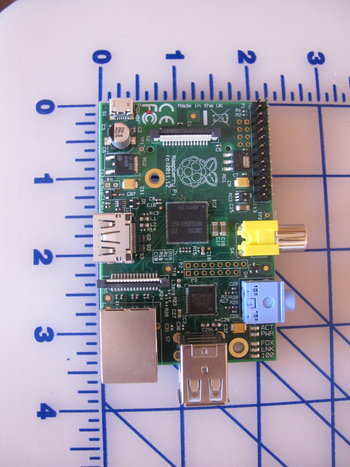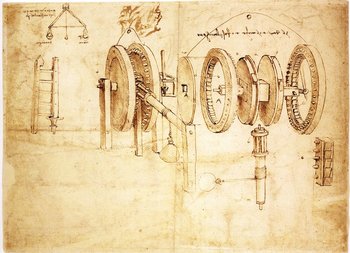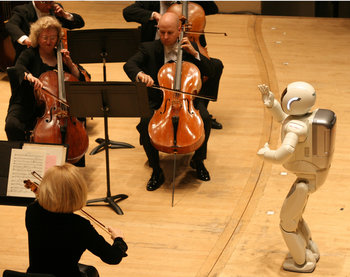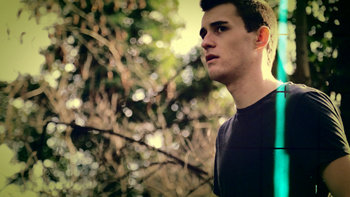
Analog vs Digital
Analog machines represent information as continuous data that can be depicted on a graph as a smooth line. In theory, such information has infinite detail. In reality, it is limited by the resolution of the machine recording the data or the physical characteristics of recording media. For example, music recorded on an analog device is limited by the resolution of the microphone and media such as a record.Digital machines represent information as a series of 0s and 1s. Sensor data such as sound from a microphone is usually continuous. Digital machines sample sensor data on regular intervals that can never be infinite. As such, digital recordings of continuous information can be pictured as a bar chart. If the samples are very close together, the bar chart starts to resemble a smooth wave but it is never completely smooth like analog.The distinction between analog and digital often comes up in relation to media such as photography and audio recordings. However, in theory all continuous data including most sensor data can be processed with analog machines. Analog doesn't work well for information that is based in symbols such as language.| Analog vs Digital | ||
Analog | Digital | |
Definition | Technology that represents information as a continuous signal. | Technology that represents information as a series of numbers. |






